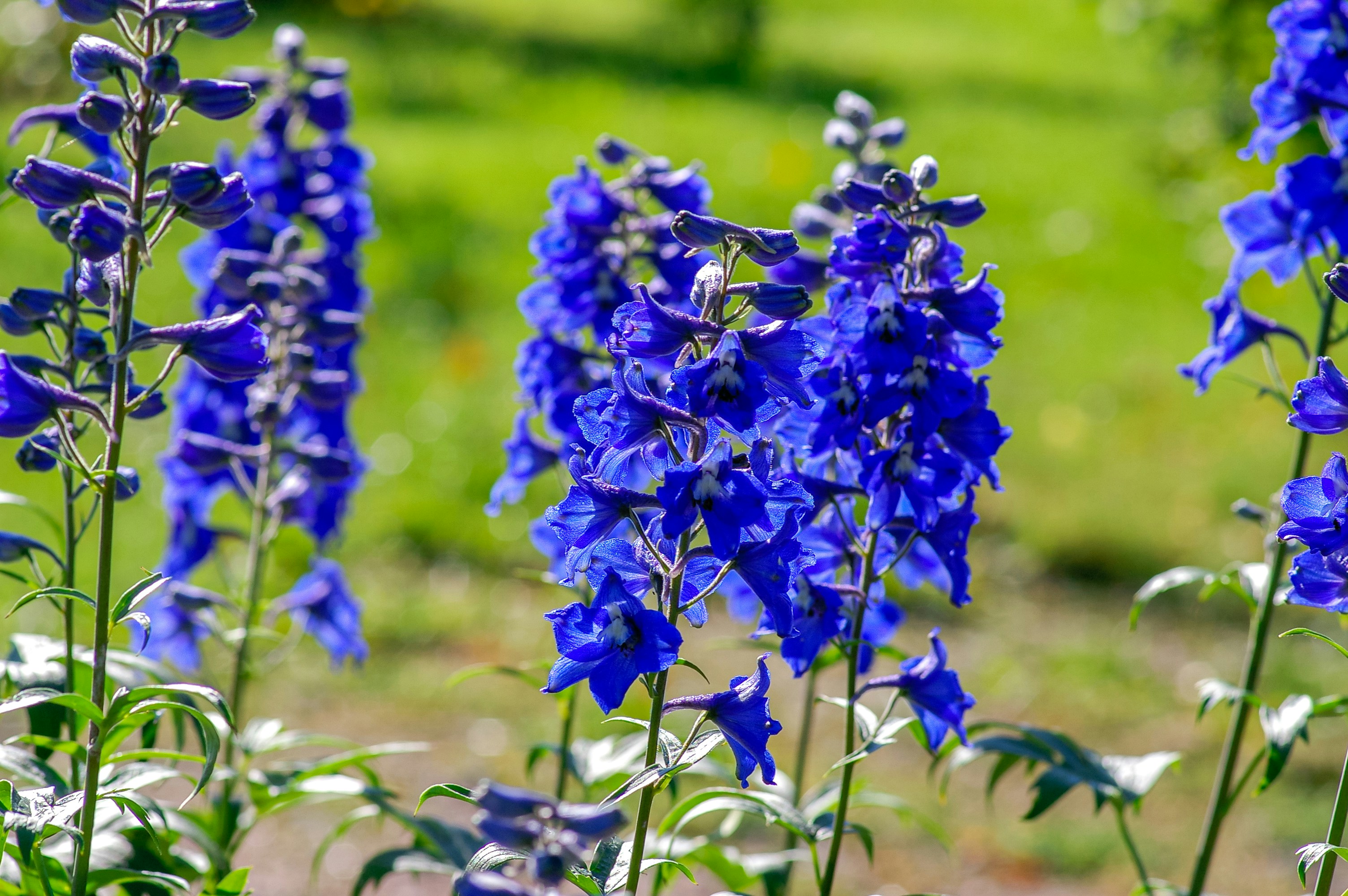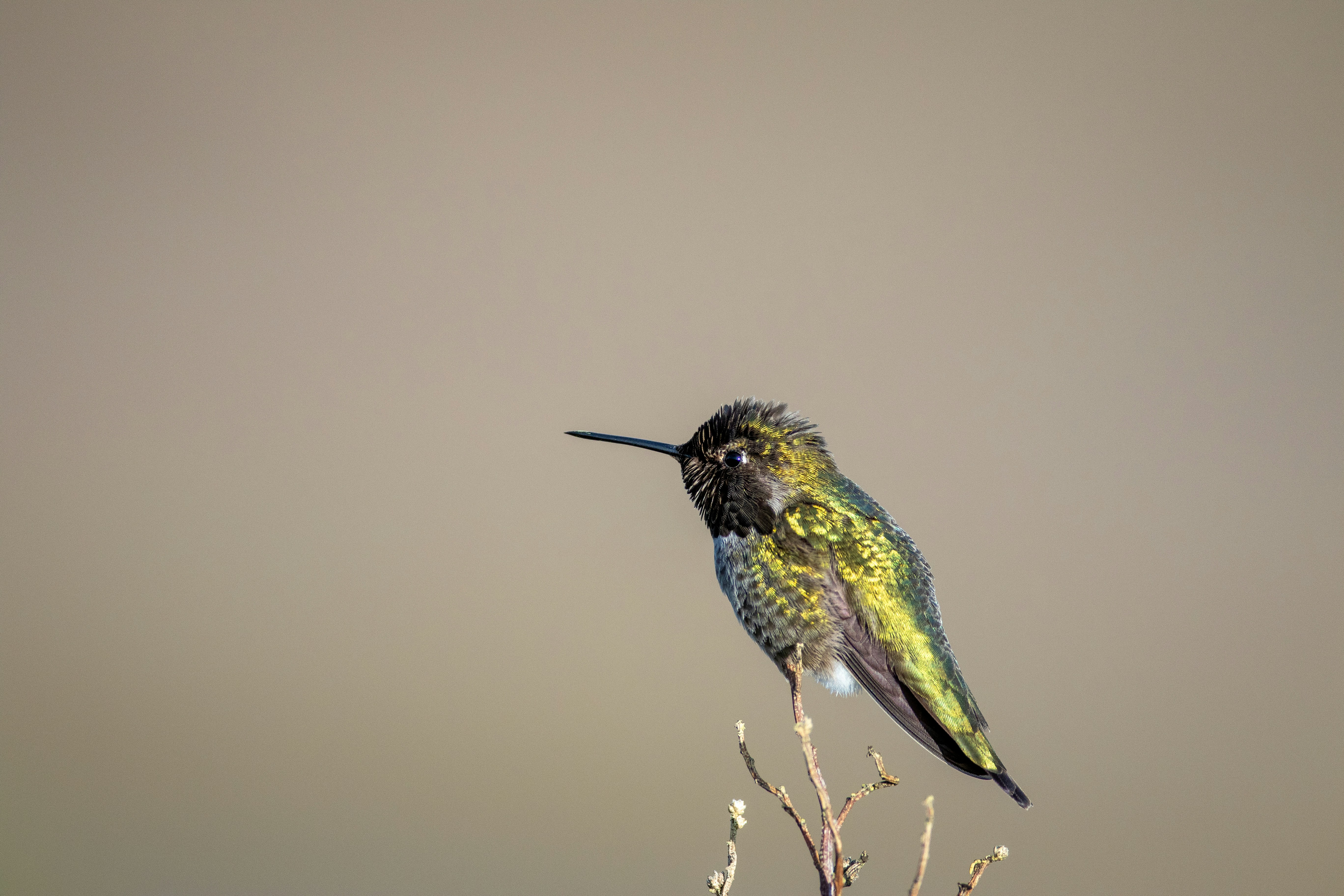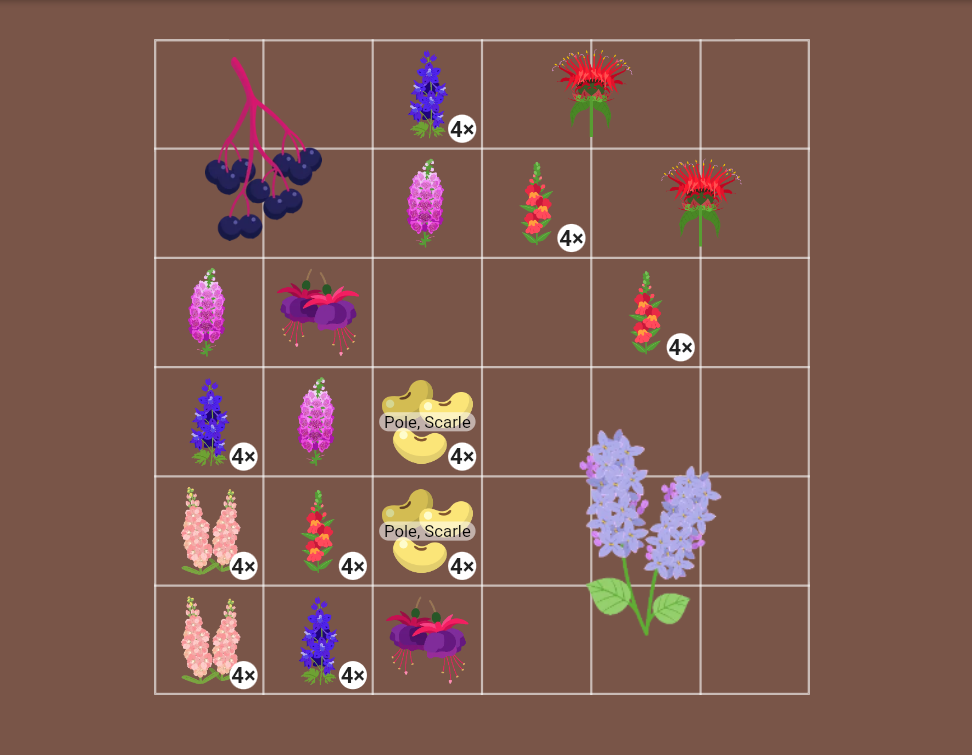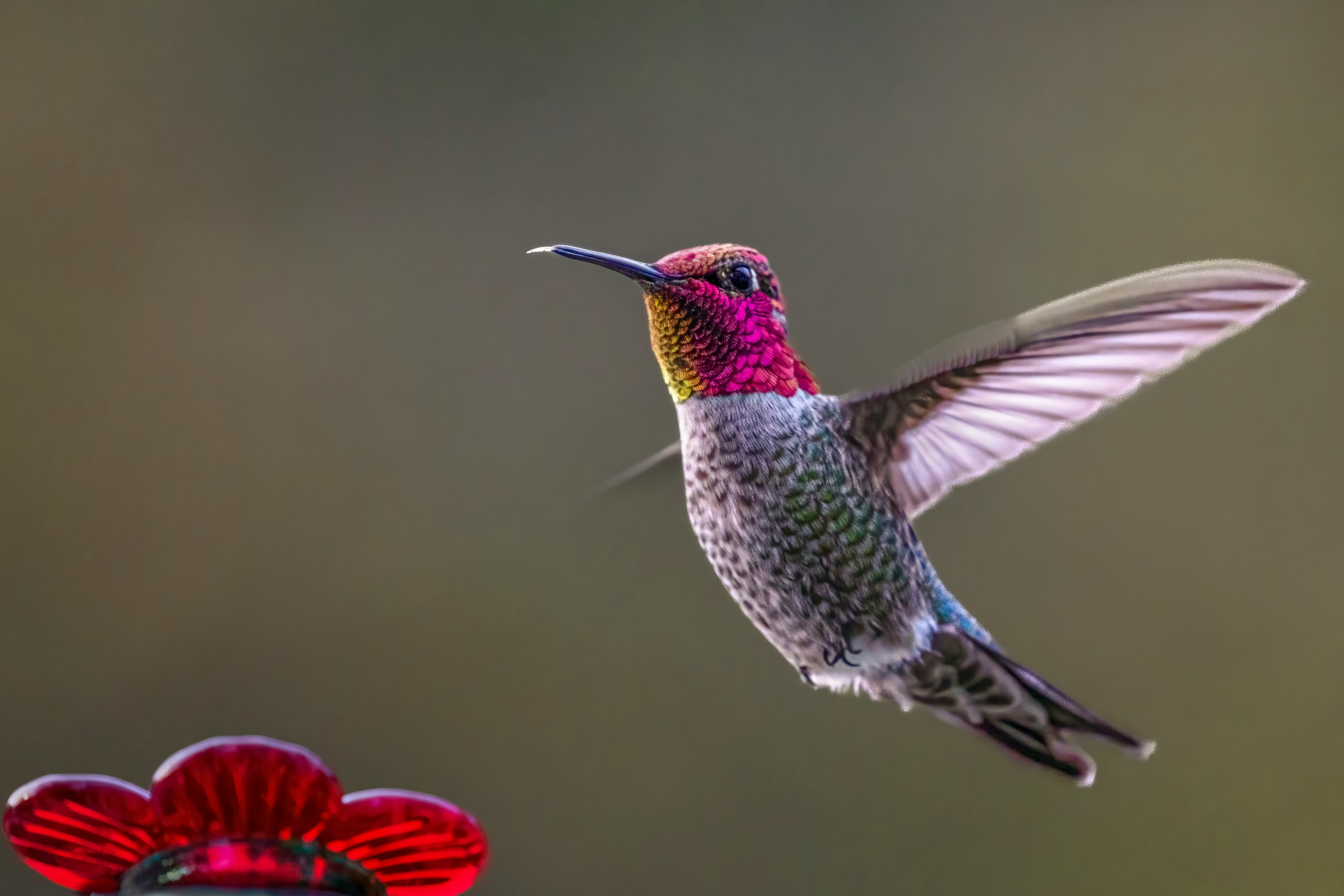None of the birds in my garden give me as much joy and entertainment as hummingbirds. Watching them zip around from flower to flower is fun, and the occasional low fly-by lets me get an up-close look. Hummingbirds are native to North and South America. In fact, they are only found in the America’s. You will not find them anywhere else, which seems like a shame to me that the whole world doesn’t get to enjoy these bejeweled birds.
Hummingbirds’ primary food source is the nectar of flowers. Still, they eat small amounts of bugs, helping keep insect populations in check. When they visit flowers, they also help pollinate. Tubular-shaped flowers are perfect for hummingbirds to sip nectar with their long beak. While they love nectar-filled flowers of all colors, they are drawn in by red flowers the most. If you want to add the excitement of hummingbirds to your gardens, put some of these “hummingbird magnet” plants in your garden plans this year!
Foxglove
Although all parts of the foxglove are poisonous to humans, hummingbirds aren’t affected by them. Foxgloves bloom in late spring and early summer, so they’re much appreciated by hummingbirds while they wait for summer’s bountiful blooms. Many nectar-rich flowers love sunny spots in the garden, but the foxglove prefers areas that get afternoon shade.
Larkspur
Another early bloomer in the garden, larkspurs are a favorite among hummingbirds. Like foxgloves, larkspurs are poisonous to pets and humans, but again, this is not a problem for hummingbirds.

Snapdragon
Hummingbirds love snapdragons. The varieties ’Twinny Peach’ and ‘Sonnet*’* are noted to be especially good for hummingbirds because of their flower shape and high nectar content.
Stock
A member of the Brassica family, cool-weather-loving stock (Matthiola incana) flowers will attract hummingbirds to your garden. With growing heights of 2-3 feet tall (.6-.9m), they’ll surely grab the attention of hummingbirds in the area.
Fuchsia
Another great flower for areas with partial shade is the fuchsia. Fuchsias are a classic hummingbird magnet. Place hanging baskets of fuchsia around your porch or patio for some up-close bird watching.
Bee Balm
Bee balm, also known as Monarda, is a wonderful multi-purpose plant; from its herbal features to its beauty, bee balm is also an absolute favorite of hummingbirds. Its long tubular flowers are perfect for hummingbirds to put their long beaks into. While it looks like hummingbirds use their beaks as a straw to suck up nectar, they actually slide their beaks into flowers, and then their skinny tongue shoots out and laps up the nectar! Definitely add bee balm if you are trying to bring in hummingbirds.
Crocosmia
Crocosmias are the perfect flower for hummingbirds, especially if you get the variety known as ‘Lucifer.’ They love the bright red flowers. Grow crocosmia in a sunny location. While these plants are very beautiful, it’s important to note that in some areas, they are considered invasive and can become pests in your garden, especially in areas like the West Coast of the United States.
Scarlet Runner Beans
A plant that humans and birds can eat, the lovely scarlet runner bean has beautiful red and orange flowers, followed by edible bean pods. Grow these around an A-frame trellis for a tent-like “fort” where kids can hang out and watch the birds buzz by. Keep picking beans as summer goes on to encourage flower production.
Salvia
Salvias are members of the mint family, and there are about 1,000 plants in the Genus Salvia. Salvia refers to sage, but not all Salvias are the culinary kind of sage. Of all the plants in my garden, one tends to spark the most hummingbird battles: the ornamental Salvia variety known as ‘Hot Lips.’ These tube flowers are red and white, filled with a lot of nectar, and tend to keep blooming past the hottest days of summer and into the fall in my zone (8b). If you plant some ‘Hot Lips,’ it’s almost guaranteed that you will have at least one hummingbird visitor. They also like other Salvia varieties, but I think the red draws in the birds the most.
Plants for Hummingbird Hangouts
Hummingbirds prefer to make their nests in trees and shrubs with slender branches and high enough up off the ground to be be safe, at least 10 feet up and usually much higher. They make their nests in the forks of branches. Naturally, they choose places that are close to reliable food sources. Elder trees seem to be popular with the hummingbirds in my yard. They love the spring blooms and I often see them hanging out on the branches. Lilacs offer a great place to get a snack and possibly make a nest.

Hummingbird Feeders
You will likely become the neighborhood hummingbird buffet if you plant some of these flowers. You can still fill feeders with nectar even if you have all of these flowers, but keep it clean and re-fill it with fresh nectar often. Hummingbirds can become very sick and even die when mold grows in feeders (which happens fast when it is hot outside). Feeder tips:
- Always use pure white cane sugar for homemade mixes.
- Do not use the raw brown organic kind. This kind of sugar is great for us due to the minerals, but it is not good for hummingbirds.
- Do not use food coloring. The color of the bird feeder should be enough to draw it in.
Use this ratio when making nectar with cane sugar: 1 part sugar to 4 parts water. So, you could dissolve 1 cup of sugar into 4 cups of water.
No garden needed with the method above!
Design Your Hummingbird Garden
Use the Planter App to design the hummingbird garden of your dreams!

